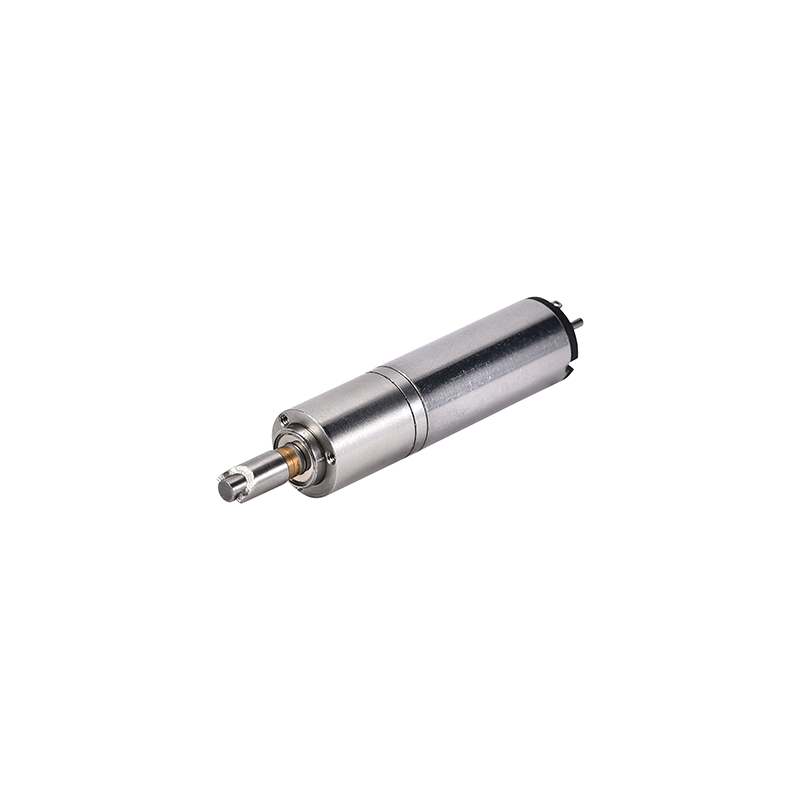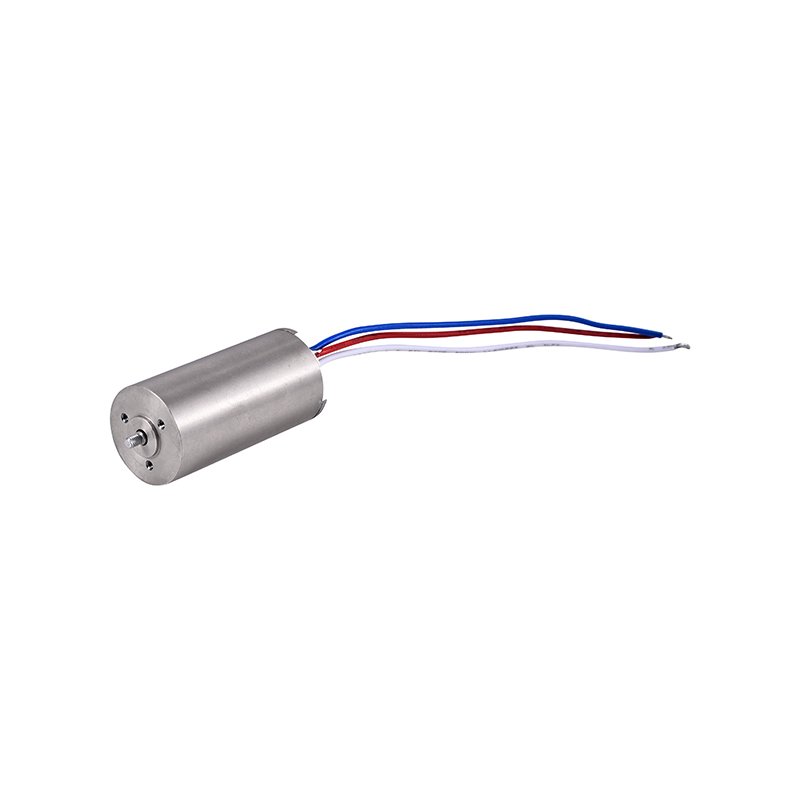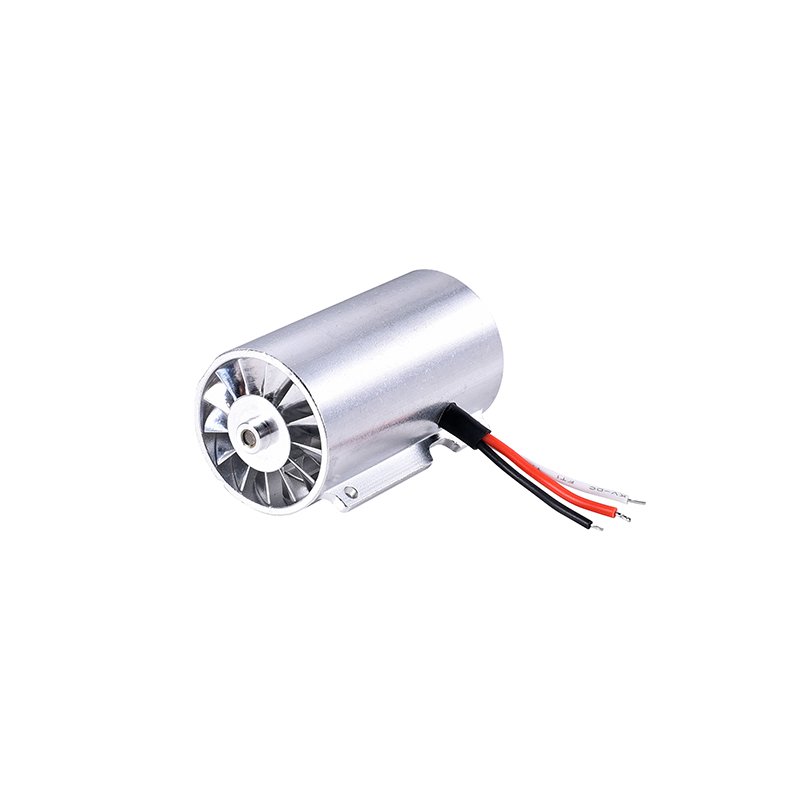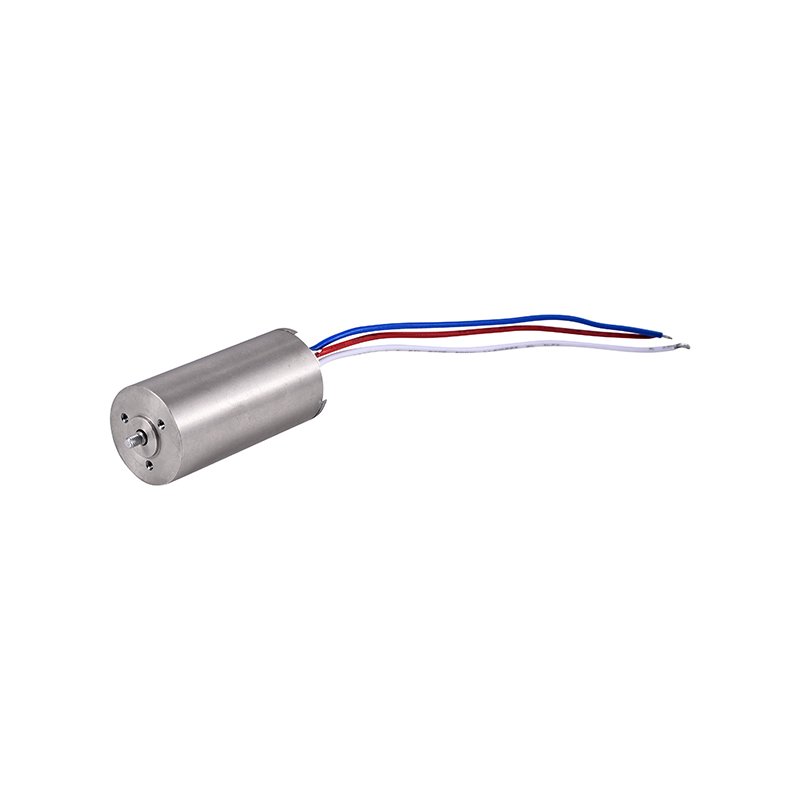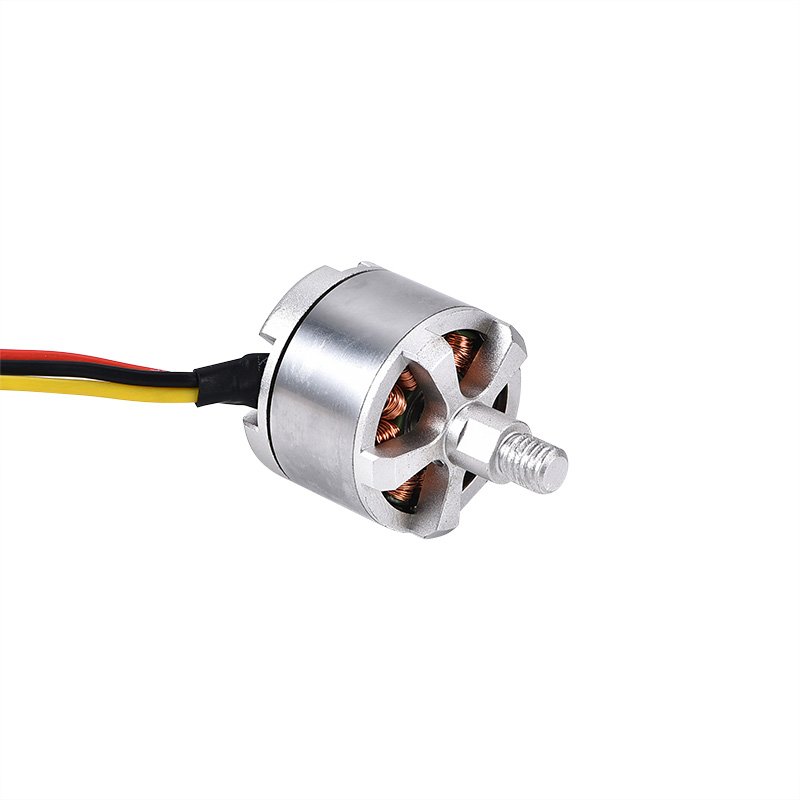You might wonder how some motors work well with changing needs. Constant torque motors are great at keeping steady power, even if the load changes. They are built to keep torque the same at many speeds. This makes them very useful for jobs needing accuracy, like running belts or mixing materials.
Here’s why this is important. When a motor keeps torque steady, it stops breakdowns and helps things run smoothly. Studies show this steadiness is key for saving energy, especially in machines like extruders. By choosing the right motor for the job, you get both dependability and good performance.
Principales conclusiones
Constant torque motors keep the same force at different speeds. They are great for precise jobs like running conveyors or mixers.
These motors save energy by wasting less power. This helps lower costs in factories and mines.
Special controllers make these motors work better. They handle loads well, last longer, and stay reliable.
These motors are very important in energy and building industries. They help keep things safe and working smoothly.
Elegir el motor adecuado depends on what you need. Constant torque motors are best for steady force. Variable torque motors save energy at faster speeds.
Constant Torque Motors: Definition and Characteristics
What Are Constant Torque Motors?
Constant torque motors give the same par de torsión no matter the speed. Unlike other motors, they keep steady par de torsión even if the load changes. This makes them perfect for jobs needing accuracy, like running belts or mixers. Engineers set these motors to meet specific par de torsión needs, making them work well for different tasks.
Here’s a table to explain their features:
Característica | Descripción |
|---|---|
Salida de par | These motors keep par de torsión steady instead of changing with speed. |
Programming | Factories program them to give exact par de torsión for tasks. |
Tap Configuration | They can have up to five speed taps for airflow control. |
Efficiency Benefits | They save energy and work better in HVAC systems. |
Tax Credit Eligibility | Some models qualify for tax credits because of their efficiency. |
Key Features of Constant Torque Motors
Constant torque motors are special because of their design and performance. Here are some main features:
Alta eficacia: They use less energy by reducing power loss while keeping par de torsión.
Thermal Management: Cooling systems, like liquid cooling, prevent overheating and keep them working well.
Low Detent Effects: Smart designs lower detent effects, improving how much par de torsión they can produce.
Multiple Speed Taps: They can run at different speeds, making them flexible for many uses.
These features make them a great choice for tough jobs needing precision and strength.
How Constant Torque Motors Differ from Other Motor Types
Constant torque motors are very different from variable torque motors. The main difference is how they handle par de torsión and speed. Constant torque motors keep a steady relationship, but variable torque motors lose par de torsión as speed goes up. This makes constant torque motors better for jobs needing steady par de torsión under changing loads.
Here’s a table comparing them:
Parámetro | Constant Torque | Variable Torque |
|---|---|---|
Torque-Speed Relationship | Keeps a steady relationship | Loses par de torsión as speed increases |
Overload Rating | Handles 150% for 60 seconds, 200% for 3 seconds | Handles 120% for 60 seconds |
Application Example | Belts (need steady par de torsión) | Fans and pumps (need changing par de torsión) |
Knowing these differences helps you pick the right motor for your needs, ensuring it works well and saves energy.
Mechanics of Constant Torque Drives
Torque-Speed Relationship
Constant torque drives keep working well at different speeds. Torque, power, and speed are connected by a formula:Torque = Power / Speed.
This means torque stays steady if power changes with speed. For example, motors in conveyors and hoists keep torque constant, even when speed changes. This prevents stalling and keeps things running smoothly. Unlike fans, where torque rises with speed due to air resistance, constant torque drives handle loads at any speed. Engineers design these motors to work reliably in changing conditions.
Tests show how torque and speed stay steady. Data from these tests help check how gears, shafts, and bearings perform. Whether the load changes or pulses, the motor adjusts to keep output steady. This makes sure the system works well in many situations.
Load Management in Constant Torque Motors
Managing loads is important for constant torque motors to work well. Special controllers help with this. Studies show advanced controllers handle loads with great accuracy. For example:
One controller had only 0.003 N·m error during steady loading.
Magnetic powder clutches allowed torque adjustments up to 25 N·m.
Improved PID control tracked torque better than older PID systems.
These tools help motors deal with changing loads without losing performance. By keeping torque precise, they reduce wear on parts, making motors last longer and need less fixing.
Role of Motor Controllers in Maintaining Steady Output
Motor controllers help constant torque drives keep steady output. Closed-loop controllers hold shaft speed steady, even when loads change. Open-loop systems may struggle with changing loads.
Here’s a table showing what motor controllers do:
Aspecto | Descripción |
|---|---|
Control Strategy | |
Performance Impact | Lowers errors and reduces unwanted vibrations |
Fiabilidad | Improves motor stability and dependability |
Monitoring | Tracks systems for repairs and future problems |
These controllers help motors work well, even in hot conditions. They also predict problems early, cutting downtime and boosting reliability. With advanced controls, constant torque motors give steady performance, making them great for tough jobs.
Applications of Constant Torque Motors
Industries That Use Constant Torque Motors
Constant torque motors are important in industries needing steady par de torsión. These motors are used where precision and reliability are crucial.
Manufacturing: Factories use them for conveyors and presses. They work steadily, even with changing loads.
Mining: Crushers and hoists in mining depend on these motors. They prevent equipment from breaking down.
Energy: Power plants use them in turbines and generators. They deliver constant par de torsión without interruptions.
Infrastructure: Elevators and cranes rely on these motors. They ensure smooth and safe operation.
As automation grows, the need for these motors increases. Their ability to keep par de torsión steady makes them essential for many industries.
Examples of Applications (e.g., conveyors, mixers, elevators)
Constant torque motors are great for tasks needing steady par de torsión at different speeds. Here are some examples:
Conveyors: They keep belts moving smoothly, even with changing loads. This helps factories and warehouses handle materials efficiently.
Mixers: In food and chemical industries, they blend materials evenly. This ensures precision in mixing tasks.
Elevators: These motors provide steady par de torsión, making elevators safe and reliable.
Cranes: Heavy cranes use them to lift loads without jerking or stopping.
Industrial Presses: They give the force needed for shaping materials accurately.
These motors handle changing loads while keeping par de torsión steady, making them ideal for critical jobs.
Benefits of Constant Torque Motors in Real-World Scenarios
Constant torque motors offer many benefits that improve how machines work.
Eficiencia energética: They save energy when running at lower speeds, cutting costs.
Durabilidad: Steady par de torsión reduces wear, helping machines last longer.
Precision: They ensure accuracy in tasks like mixing and lifting.
Adaptability: These motors work well with different loads and tasks.
Seguridad: In elevators and cranes, steady par de torsión prevents sudden movements, keeping people safe.
These motors make operations more efficient and lower repair costs. They are a smart choice for industries needing reliable performance.
Constant Torque Motors vs. Variable Torque Motors
Functional Differences
Constant torque motors and variable torque motors work differently. Constant torque motors keep the par de torsión steady, even if speed changes. This makes them great for tasks like conveyors and mixers. These jobs need consistent performance to work well. Variable torque motors, however, change par de torsión based on speed. They are better for fans and pumps, where par de torsión rises as speed increases.
The difference comes from how they are designed. Constant torque motors handle changing loads without losing par de torsión. Variable torque motors focus on saving energy at higher speeds. This makes them less useful for jobs needing steady par de torsión. Knowing these differences helps you pick the right motor for your needs.
Advantages of Constant Torque Motors
Constant torque motors have many benefits that make them popular. They give steady par de torsión, even when loads change. This keeps machines running smoothly and reduces wear. It also helps equipment last longer. These motors are great for precise tasks like mixing or lifting, where accuracy is key.
Another benefit is their flexibility. They work well at different speeds, making them useful for many tasks. They save energy at lower speeds, cutting costs. Their reliability also means less downtime, keeping operations running without problems.
Choosing Between Constant Torque and Variable Torque Motors
Picking the right motor depends on what you need. Think about cost, performance, and how you’ll use it. For example, if you want quiet and smooth operation, a brushless DC motor might be best. If you need high par de torsión at low speeds, stepper motors could work better.
Here’s a table to compare features:
Desired Characteristic | Favors Use Of | Comments |
|---|---|---|
Low cost | Stepper motor or DC Brush | Brushless DC motors cost more but are improving in price. |
Smooth operation (minimal noise) | DC Brush or Brushless DC | Brushless DC motors run smoother with advanced technology. |
High speed operation | Brushless DC | Stepper motors don’t work well above 5,000 RPM. |
High torque to size ratio | Step motors | Step motors give strong par de torsión at lower speeds. |
Ease of use | Stepper motor | No feedback needed, making them simple to use. |
When deciding, think about your task’s par de torsión needs, speed range, and budget. Constant torque motors are best for steady par de torsión under changing loads. Variable torque motors are better for saving energy at high speeds.
Constant torque motors give steady force at many speeds. They work well even when loads change, showing their strength in tough jobs. These motors are very useful in factories, mines, and buildings where accuracy and strength are needed. Using these motors means fewer breakdowns, saving time and energy. Pick constant torque motors to improve work and get reliable results every time.
PREGUNTAS FRECUENTES
Why are constant torque motors good at saving energy?
These motors save energy by keeping par de torsión steady at different speeds. This helps lower power use in machines like mixers and conveyors.
Which industries use constant torque motors the most?
Industries like mining, manufacturing, and construction depend on these motors. They help with tasks like lifting, moving materials, and running elevators.
What if a constant torque motor gets overloaded?
These motors can handle extra load for short times. For example, they manage 150% of their load for 60 seconds. This stops sudden breakdowns and protects the system.
How long do constant torque motors last?
Their lifespan depends on care and how they’re used. With good maintenance, they often last over 10 years in factories.
How do you take care of constant torque motors?
Check for damage or worn-out parts often.
Keep the motor clean and free from dirt.
Lubricate moving parts to avoid wear.
Watch motor controllers to ensure they work well.
Consejo: Regular maintenance can stop big repairs and save money.
